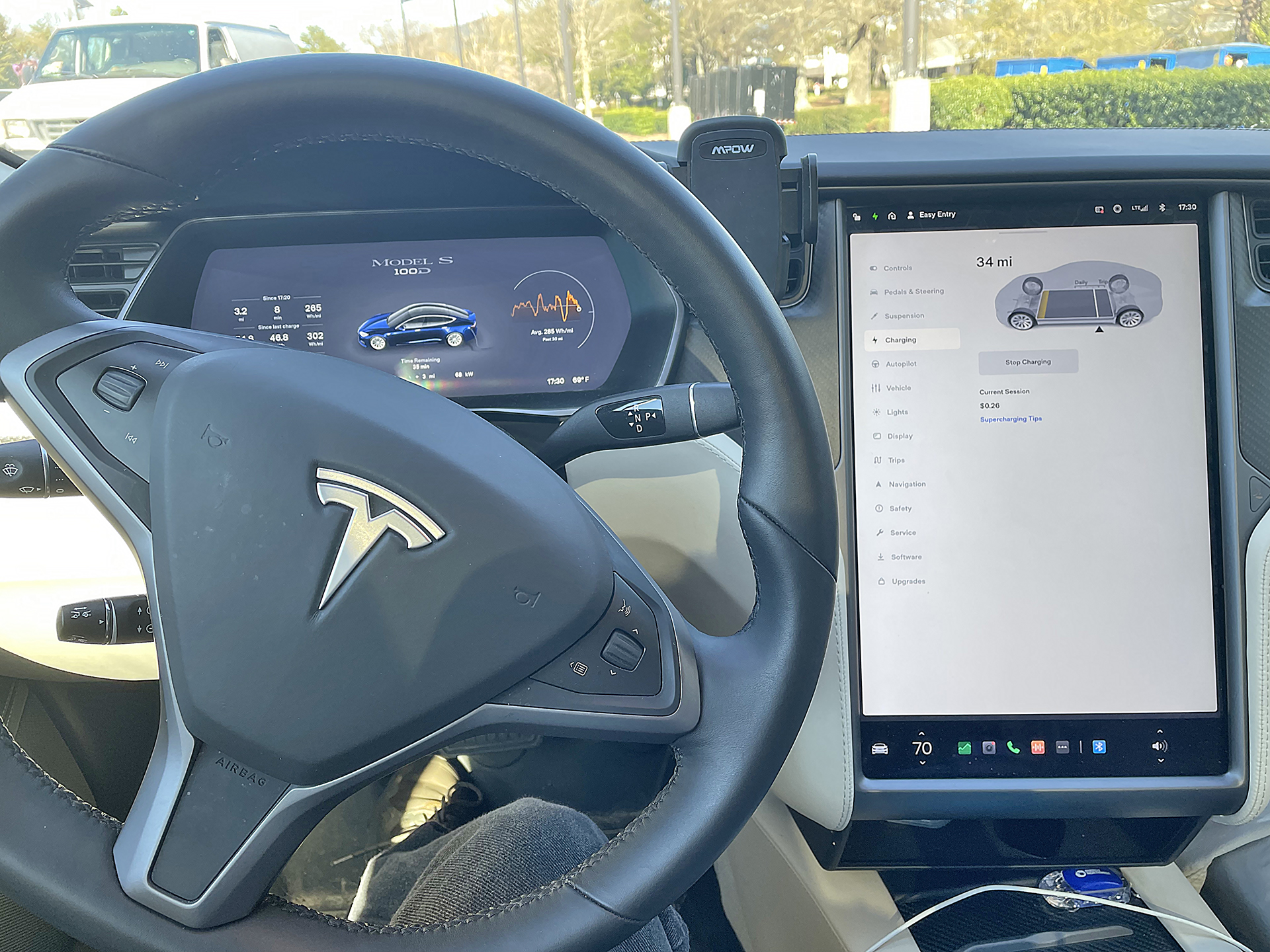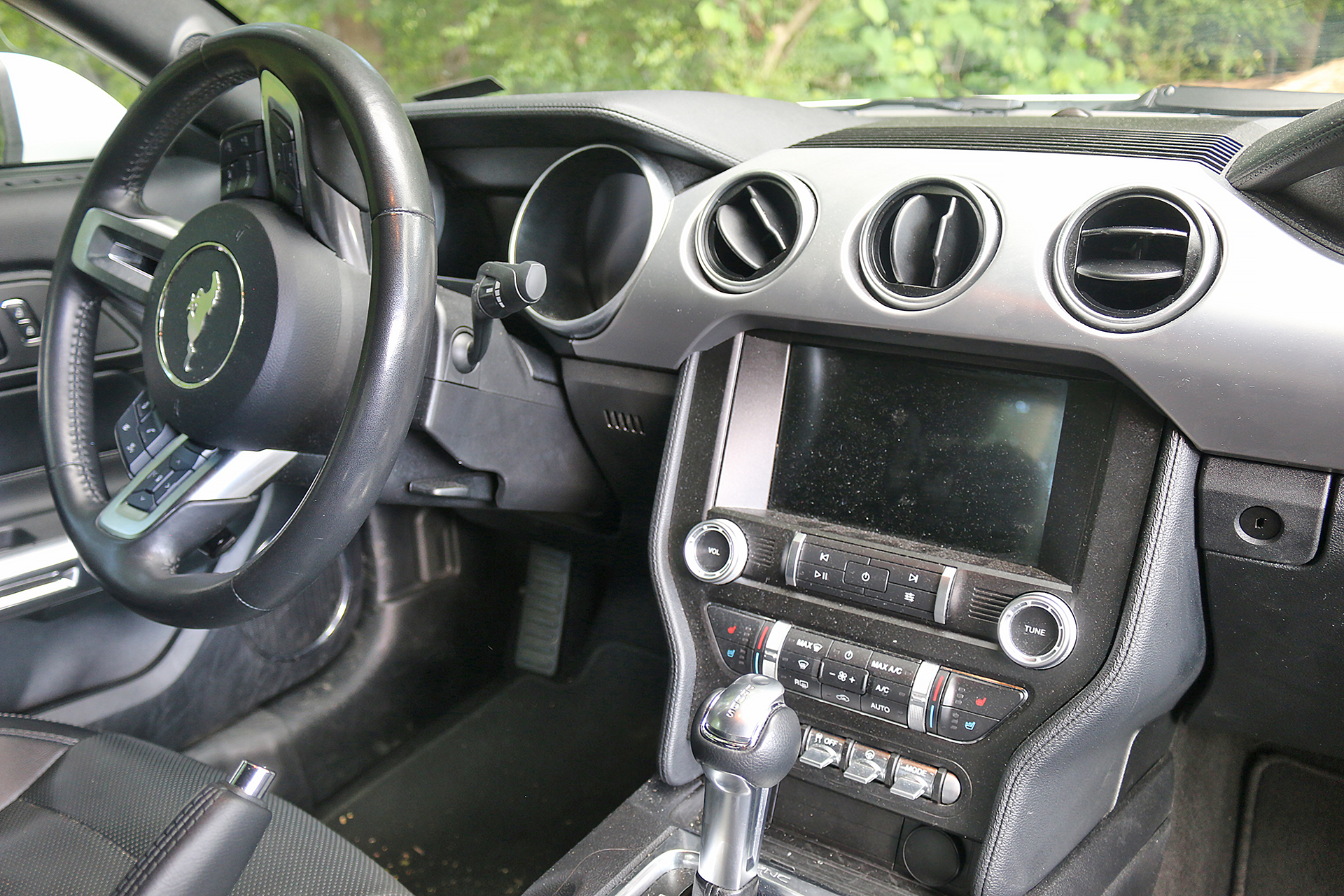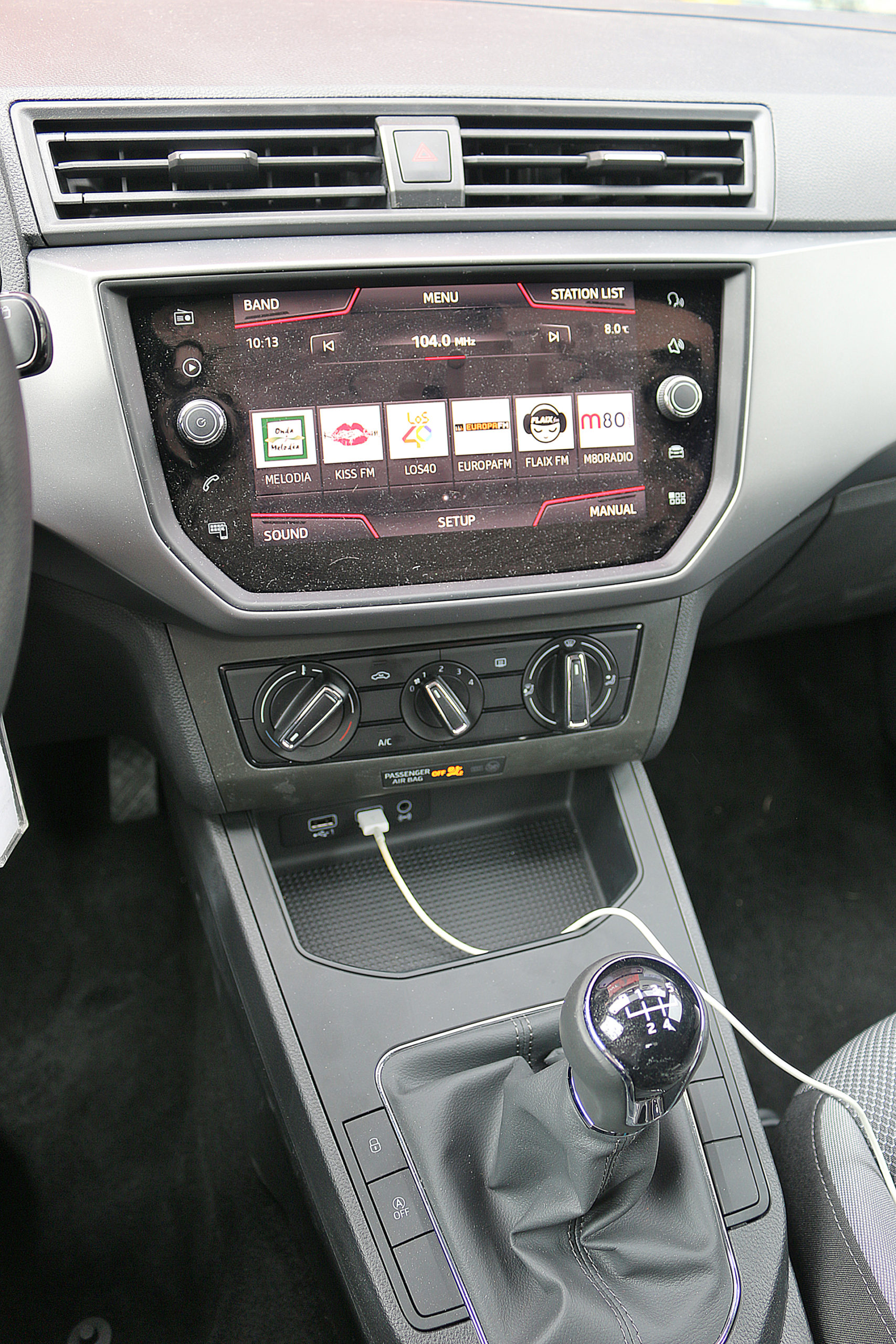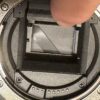Radio broadcasting using amplitude modulation — or AM — has been used commercially for greater than 100 years. Its heyday generally ranged for decades from the 1930s through the 1970s as its programming content transitioned from dramas and comedies to popular music to talk programs, with the latest news mixed into each format. Advancements in technology has arguably rendered AM radio virtually obsolete. Why save AM radio from extinction?
Save AM Radio? Why?!?

The waning popularity of terrestrial AM radio technology is not so much the reason as to its potential extinction. Rather, the reason is due to the technology of electric vehicles — and because rental car companies such as Hertz have been increasing the number of electric vehicles in their fleets, the days of listening to AM radio in rental vehicles may be numbered.
The electric motors which power the drive wheels in order to propel electric vehicles also tend to generate electromagnetic interference with the reception of AM broadcast radio directly through the receiver. That interference can result in annoyances which range from buzzing, distortion, and fading of the signal itself to static and sounds of crackling instead of clear reception. Streaming audio of programs from AM radio stations — as well as the reception of FM stations — remain unaffected.
Always seeking to save time and money, eight of 20 of the leading carmakers in the world have removed AM broadcast radio from their electric vehicles; and manufacturers of electric vehicles are considering eliminating the option of tuning in to AM radio in their vehicles. Engineers have not found an easy way to eliminate the aforementioned interference without adding excessive weight to the car or increasing the cost of the vehicle….
Do Not Worry. Help is On The Way…

…but have no fear: on Thursday, December 1, 2022, Ed Markey — who is one of two senators of the United States who represents the commonwealth of Massachusetts — sent letters to twenty manufacturers of cars requesting that they maintain AM radio in their vehicles, which include new electric models. “Despite innovations such as the smartphone and social media, AM/FM broadcast radio remains the most dependable, cost-free, and accessible communication mechanism for public officials to communicate with the public during times of emergency. As a result, any phase-out of broadcast AM radio could pose a significant communication problem during emergencies,” according to this official press release from Ed Markey. “Although the auto industry’s investments in electric vehicles are critical to addressing the climate crisis and reducing greenhouse gas emissions, automakers need not sacrifice the benefits of radio in the process.”
No fewer than 19 of those companies responded to the senator. The letters can be viewed here in their entirety.
In addition to Ed Markey, five members of the House of Representatives of the United States and Ted Cruz — who is one of the two senators who represents the state of Texas — announced on May 17, 2023 bipartisan legislation called the AM for Every Vehicle Act, which would require manufacturers of automobiles to maintain AM broadcast radio in new vehicles at no additional charge.
“I would think that if Elon Musk has enough money to buy Twitter and send rockets to space, he can afford to include AM radio in his Teslas. Instead, Elon Musk and Tesla and other car manufacturers are putting public safety and emergency response at risk,” according to this official press release from Josh Gottheimer, who is the lead House sponsor of the AM for Every Vehicle Act and represents the fifth district in the state of New Jersey in Congress. “The importance of AM radio during large-scale emergencies cannot be underestimated, and it has, without a doubt and without interruption, saved lives and kept our communities informed. When the cell phone runs out, the internet gets cut off, or the television doesn’t work because of no electricity or power to your house, you can still turn on your AM radio. I’m proud to introduce the bipartisan AM for Every Vehicle Act in the House to ensure that all auto manufacturers include AM radio in their vehicles to protect public safety.”
Some automobile manufactures — such as Ford Motor Company as one example — have reversed course and will continue to equip AM radio receivers in its new vehicles.
Sentimentality: Holding On to AM Radio

A significant study of new and prospective purchasers of vehicles across six countries was completed by Edison Research to determine the importance of broadcast radio in the car, and the results were consistent and clear: “90% of car buyers expect broadcast radio to be standard equipment in their car, and 82% of respondents would be less likely to buy a car that did not have a radio.”
At the New York Radio Message Board — where I found out a significant amount of the information for this article and where many contributors are sentimental about AM radio enough to want to keep it going indefinitely — I posted the following comment:
“I do not remember the last time I used a fax machine.
“I do not remember the last time I used a typewriter.
“I do not remember the last time I used carbon paper.
“I do not remember the last time I used a floppy disk.
“I do not remember the last time I used a CB radio.
“I do not remember the last time I tuned in to a station on AM radio — unless you count Cousin Brucie on Saturday nights on WABC sometimes; and even then, I listen to it on my computer or smartphone.
“I see no viable long-term future for AM radio. Too many better alternatives exist.
“I do not miss any of the aforementioned older technology. I will not miss AM radio either.”
Herb Barry — who was a radio personality on WLTW 106.7 Lite FM in New York on the weekends — took umbrage to my comment by responding: “This is a beautiful country. You have the right to not listen to AM radio. However, I choose to do so and also have that right. A poster below said it succinctly. The market will decide when AM is no longer viable… not you.”
I assured Herb Barry that “I did not cause the obsolescence of fax machines, typewriters, carbon paper, floppy disks, and CB radios — and I certainly do not have the power or inclination to end AM radio.”
Regardless of his comment, I still do not miss AM radio — but that does not mean that I hope it is permanently eliminated.
Final Boarding Call

Anyone who wants content immediately is able to do so via portable electronic devices and computers — or through satellite radio — whether that content is news, sports, weather, traffic, music, comedy, or talk. Moreover, the sound quality of these devices exceeds that of AM radio; and the desired content usually comes instantly.
I cannot remember the last time I actually turned on a radio to listen to anything. Why would I want to be forced to wade through commercials and boring talk in order to wait for the content to which I want to listen?
I also cannot remember the last time I saw flashing yellow lights on a highway on a sign urging that motorists tune in to a certain frequency to find out the latest alerts or adverse road conditions — but I might have done so only a few times, with one or two of those times being successful.
One thing I do miss about long road trips is listening to the local stations along the way to hear their announcers and local commercials, as I found that to be interesting…
…but I do not miss that nearly enough to want to listen to AM radio again.
Should AM radio be saved? If so, what are the reasons why this aging technology should be saved? Do you listen to AM radio whenever you drive — especially when renting a vehicle?
All photographs ©2018,©2021, and ©2022 by Brian Cohen.

